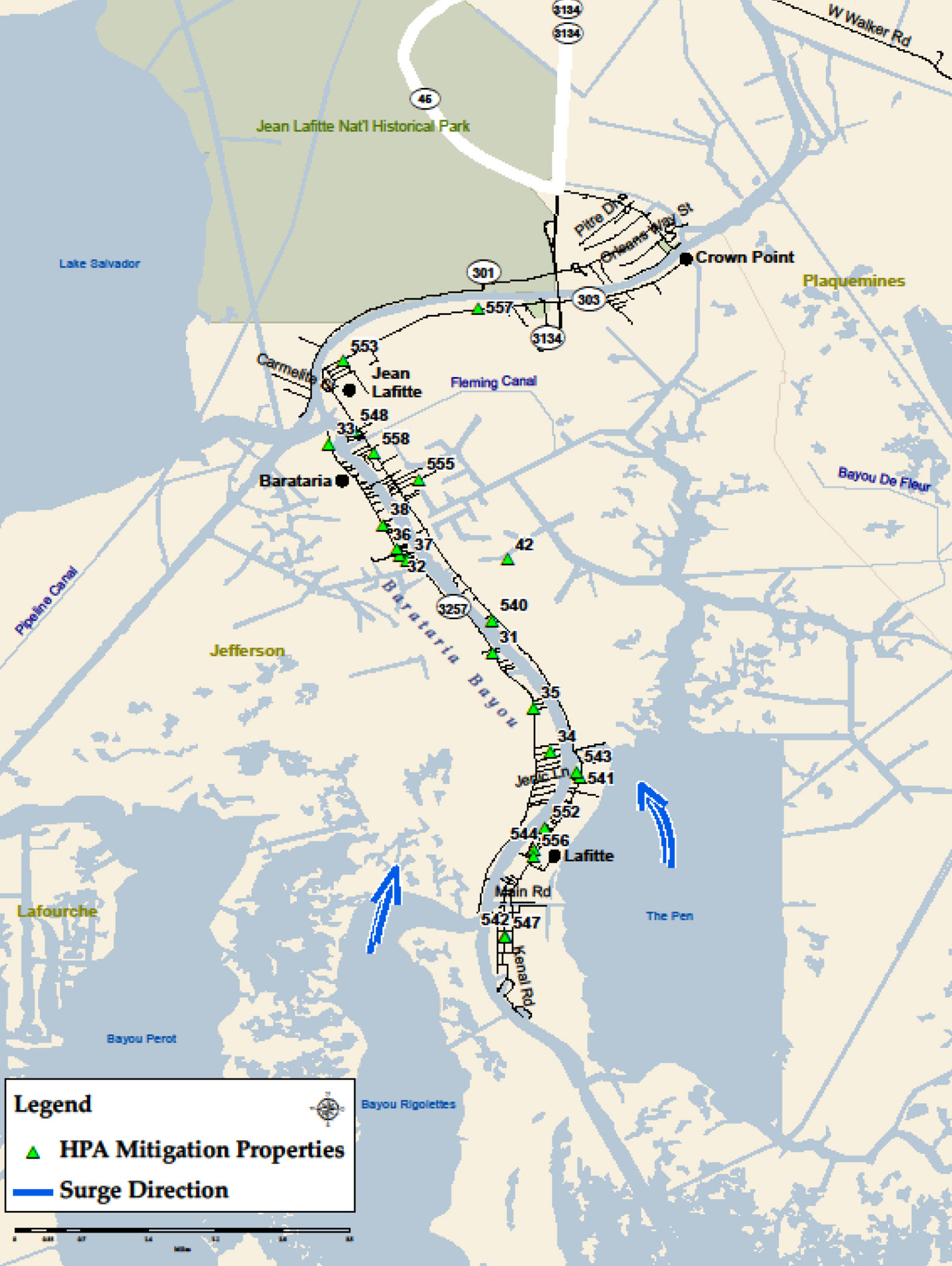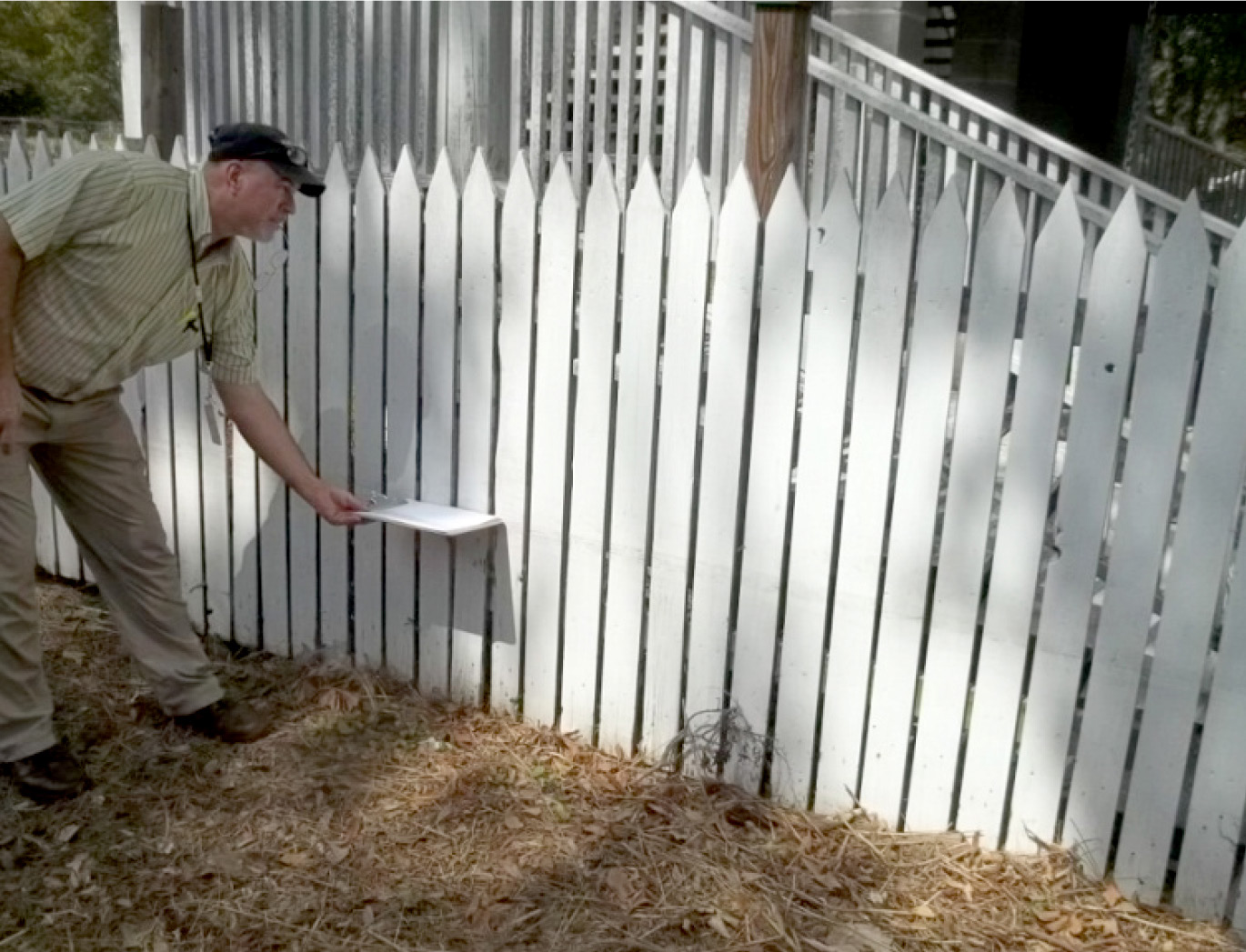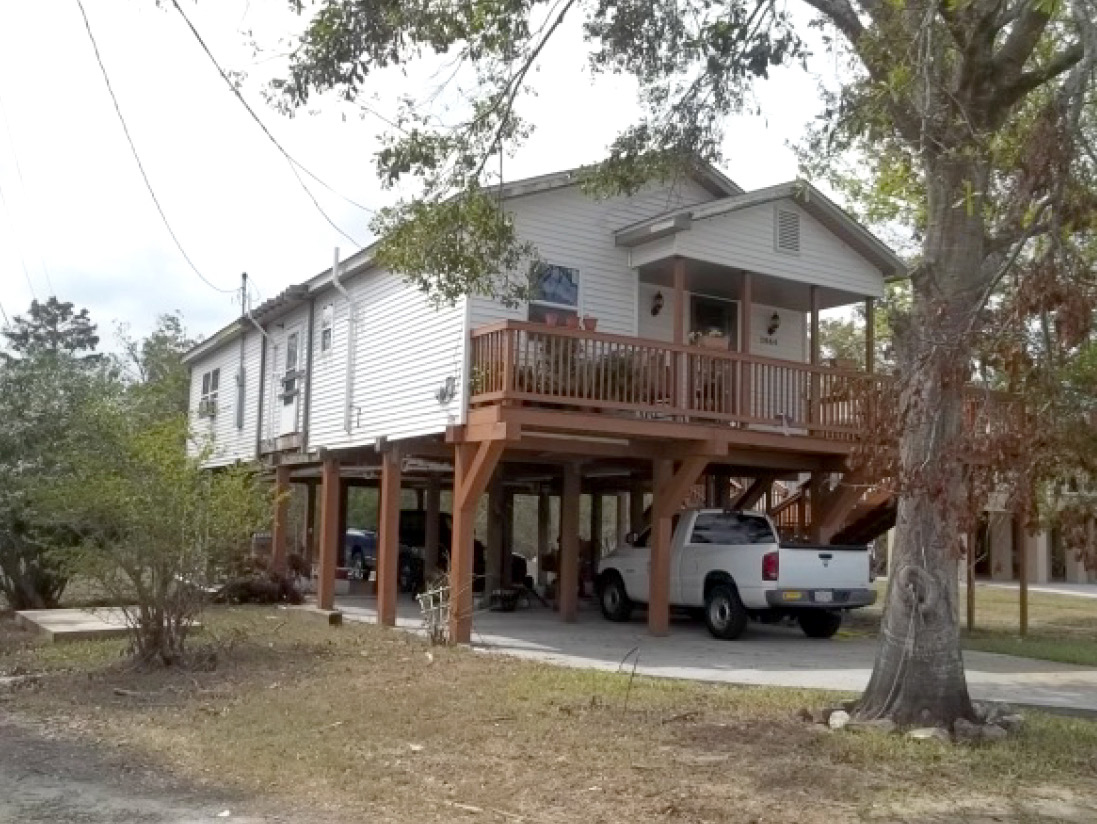Flooding because of Hurricane
Study Summary
Study Area – West Bank area of Jefferson Parish, LA Hazard Type – Flood
Project Type – Elevation of 23 residential structures
Total Aggregate Project Cost – $2,361,247 (23 projects; 2012 dollars)
Total Aggregate Losses Avoided – $2,241,140 (2012 dollars)
Return on Investment – 0.95
Pre- and Post-Mitigation Events
On September 3, 2012, the Region 6 Mitigation Division of the Federal Emergency Management Agency (FEMA) deployed a Hazards and Performance Analysis (HPA) team to the State of Louisiana to assess damage caused by Hurricane Isaac. Hurricane Isaac put many post-Katrina mitigated properties to the test as storm surge flooded much of southeastern Louisiana. Despite being a Category 1 storm, Isaac was an unusually broad storm, had low central pressure, and moved ashore at a slow pace, ensuring that flooding occurred during multiple high tides and producing long duration rainfall events.
This Loss Avoidance Study (LAS) is focused on a series of properties along Barataria Bayou, all of which were elevated post-Katrina using Federal, State, and local funding. Initially, 37 elevated properties were examined; none of them sustained flooding above the finished first floor although all had been flooded severely during Hurricane Katrina. Elevated properties in two areas of Jefferson Parish were excluded from this study based on minimal or no storm surge impact: areas inside the Federal levees where no storm surge occurred, and properties on Grand Isle (southern tip of Jefferson Parish) where it was determined that the storm surge was 4 feet or less.
These areas did not represent a significant loss avoidance scenario. For the final study, 23 homes were selected for actual losses avoided. The water depth from Hurricane Isaac ranged from 0.03 to 3.5 feet above the pre-mitigation first floor elevation (FFE) with an average of 2.2 feet of flooding above the pre-mitigation FFE.
Figure 1 shows the West Bank area of Jefferson Parish and the locations of selected mitigation properties.

Loss Avoidance Methodology
The purpose of this Loss Avoidance Study (LAS) is to verify potential effectiveness and document economic performance of building elevations. Losses avoided by the mitigation measure are determined by comparing damage that would have been caused by the same event had the project not been in place, with the damage that actually occurred with the project in place.
High water marks were collected to determine the flooding from Hurricane Isaac at these locations and depth damage calculations were utilized to determine the damage that would have occurred if the property had not been elevated. building damages, content losses, and displacement were all considered in the losses avoided calculations.
Return on Investment
The cost to elevate these 23 homes was approximately $2.4 million, most of which was funded by Hazard Mitigation Grant Program funds. Had the homes not been elevated during Hurricane Isaac, all of the homes would have been flooded above the finished floor (main floor level); many a foot or higher with an average flood depth of 2.2 feet. This damage would have cost approximately $2.2 million to repair. The ROI for this study is less than 1.0, which indicates that the mitigation benefits have not yet exceeded project costs. However, this study represents only one flood event over a 7-year period, so this value is expected to increase as storms continue to test the effectiveness over the projects’ useful lives. An elevation project has an expected useful life of 30 years or more, and given the storm history of southeast Louisiana, the cost of the mitigation should pay for itself many times over.
Additionally, the following added benefits of mitigation are not included in this LAS:
- Property value increases
- Neighborhood property values maintained
- Increased tax base
- Building a resilient community




